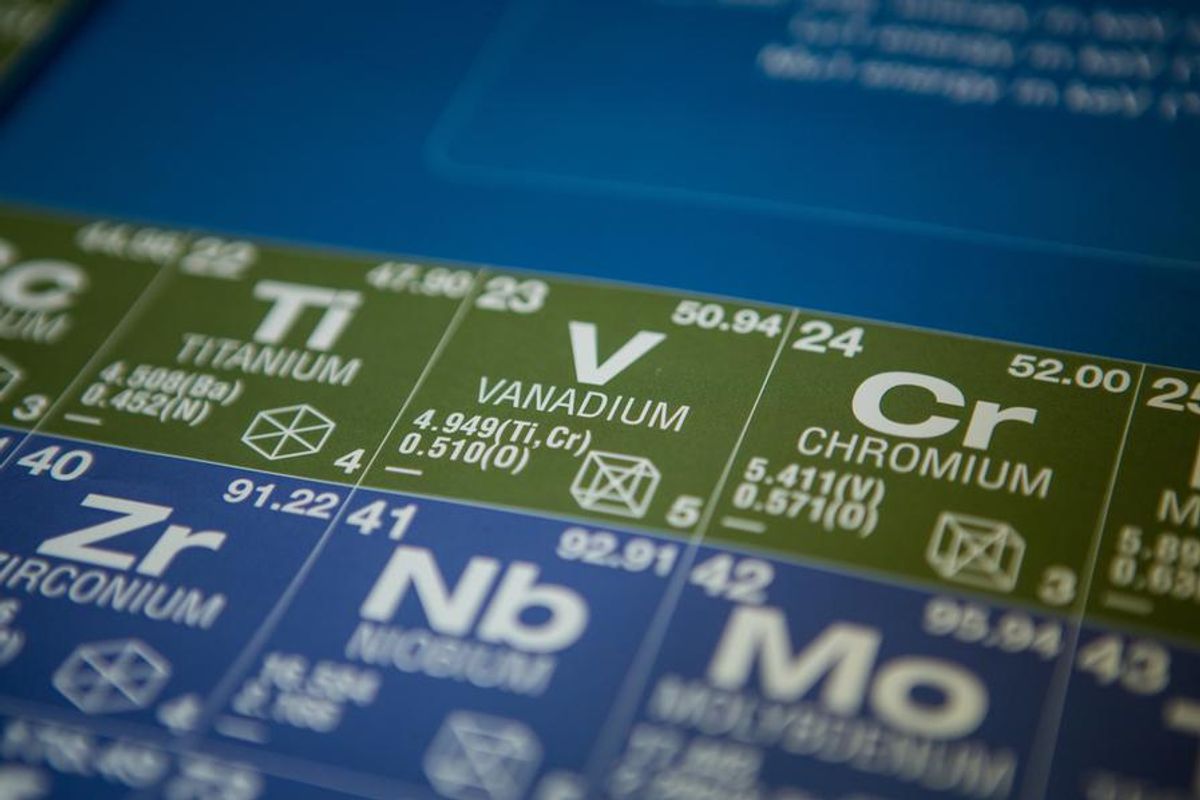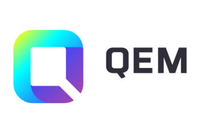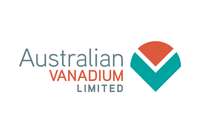Vanadium Investing in Australia
Australia's vanadium market has proven volatile over the years, but there are many potentially promising companies involved in the sector.

Vanadium is an important element due to its non-corrosive properties and wide uses. However, due to its unstable state, pure vanadium is not often found in nature, making it rarer than many other industrial metals.
Vanadium was discovered in 1801 by scientist Andrés Manuel del Rio and was named after the Norse goddess Freyja, whose old Norse name is Vanadis. It is a non-corrosive, silver-grey transition metal with high malleability.
The metal is often embedded within compounds, such as vanadinite, carnotite, patronite and phosphate, as well as some iron ores and crude oils. Overall, vanadium is present in around 65 different minerals that naturally occur in trace amounts in some rock formations. It is generally produced by reducing vanadium oxide with calcium.
Once reduced, vanadium is usually mixed with iron to form metal alloys that are used to produce high-strength steel. This steel has various industrial uses, such as tools, jet engines, oil and gas pipelines, motor vehicle parts and bars for construction.
Aside from its key application in steel, vanadium is used to produce many other materials as well — both industrial and non-industrial — including ceramics, textile dyes, synthetic rubber, fertilizers, electronics and welding materials. It can be used to make alloys in superconductor construction and nuclear engineering thanks to its low neutron-absorbing properties. In its chemical form, vanadium is used to produce sulphuric acid, fuel cells and batteries.
Read on to learn more about this unusual metal, and which companies in Australia are focused on it.
Is there vanadium in Australia?
Vanadium’s top four producers worldwide are China, Russia, South Africa and Brazil. China is responsible for the majority of the world’s vanadium output at 68 percent, with Russia at 20 percent, South Africa at 9.1 percent and Brazil at 6.4 percent globally. Currently, there are no vanadium mines in the US or Europe.
While vanadium is a highly useful and versatile element, its market presence has always been shaky. This is because it is closely tied to the steel industry, meaning that when steel production increases, so does vanadium consumption. This link can cause vanadium’s price to fluctuate rapidly, plummeting and spiking in conjunction with demand for steel. For example, in 2004, vanadium was priced at just US$5.70 per pound, but by the next year its price almost tripled, coming in at US$16.89 by 2005.
Unsurprisingly, the vanadium market in Australia has similarly proved volatile over the years, with ups and downs in terms of resource availability and production. While there are quite a few vanadium-focused companies located in Australia, the country has not historically been a top producer of the metal.
Market analyst firm Project Blue told the Investing News Network in an email that investors interested in the vanadium market should follow “the advancement of greenfield projects, particularly in Australia, where some of the most advanced projects are located."
Many of Australia’s existing vanadium companies have projects in Western Australia, including Tivan (ASX:TVN), with its Speewah vanadium project located in the Kimberley region; and Neometals (ASX:NMT,OTC Pink:RRSSF), with its vanadium-titanium Barrambie project.
There’s also Australian Vanadium (ASX:AVL), which owns the Australian Vanadium project in the Murchison region; and Surefire Resources’ (ASX:SRN) Victory Bore vanadium project can be found in the mid-west region of the state. Finally, an example outside of Western Australia is Velox Energy Materials' (TSXV:VLX) North Queensland vanadium project, named after the asset's location.
What is the outlook for vanadium in Australia?
Looking ahead, Australia’s vanadium-mining potential is set to grow as interest in vanadium rises.
That is happening thanks to the metal’s critical role in battery storage technology, where it is used in vanadium redox flow batteries. However, the US Geological Survey reports that the country's vanadium reserves are among the highest in the world, standing at 8.5 million MT with 3 million MT qualified as JORC-compliant.
This means vanadium mining in Australia could also experience a boom, and the up-and-coming projects mentioned above could bolster vanadium’s growth potential. Read on for a closer look at a few of them:
- Australian Vanadium's property has major project status from the Australian government and state lead agency status from the Western Australian government. In April 202, the company released its bankable feasibility study, confirming the project as a potentially significant producer with an initial anticipated mine life of 25 years. The company's recent merger with Technology Metals Australia is expected to significantly boost the project's economics. The company is now working on an optimized feasibility study report for the project.
- Neometals’ mine-ready Barrambie titanium and vanadium project was granted mining lease and approval for a 1.2 million tonne per year mining operation as well as ministerial approval to construct up to 3.2 million tonne per year processing plant. The project has a resource of 64.9 million tonnes of vanadium at 0.82 percent vanadium pentoxide. With a definitive feasibility study in place, the company also inked an offtake agreement with Glencore (LSE:GLEN,OTC Pink:GLCNF) in July 2023.
- Surefire Resources' wholly owned flagship Victory Bore vanadium project has a completed prefeasibility study outlining a AU$1.7 billion NPV, and a 42 percent IRR. The company says it is progressing this with international partners and plans to have downstream processing in the Kingdom of Saudi Arabia. In May 2024, Surefire lodged a Provisional Patent with IP Australia to protect its proprietary vanadium recovery process.
Given the metal’s bright outlook and many promising new ventures in the works, vanadium in Australia is looking better than ever for investors interested in the battery metals space.
This is an updated version of an article first published by the Investing News Network in 2021.
Don't forget to follow us @INN_Australia for real-time updates!
Securities Disclosure: I, Melissa Pistilli, hold no direct investment interest in any company mentioned in this article.
- Australian Vanadium, TMA Merger Creates Australia’s Largest Vanadium Developer ›
- Australian Vanadium, TMT Merger Boosts Project Economics, CEO Says ›
- How to Invest in Vanadium ›
- Top 4 Vanadium-producing Countries ›
- Successful Implementation of AVL and TMT Merger ›
- Vanadium Market Forecast: Top Trends That Will Affect Vanadium in 2024 ›


